
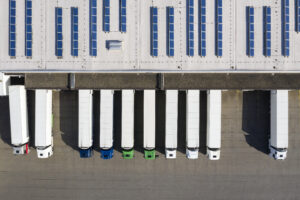
STEF uses DCbrain to make its transportation plans dynamic and efficient.
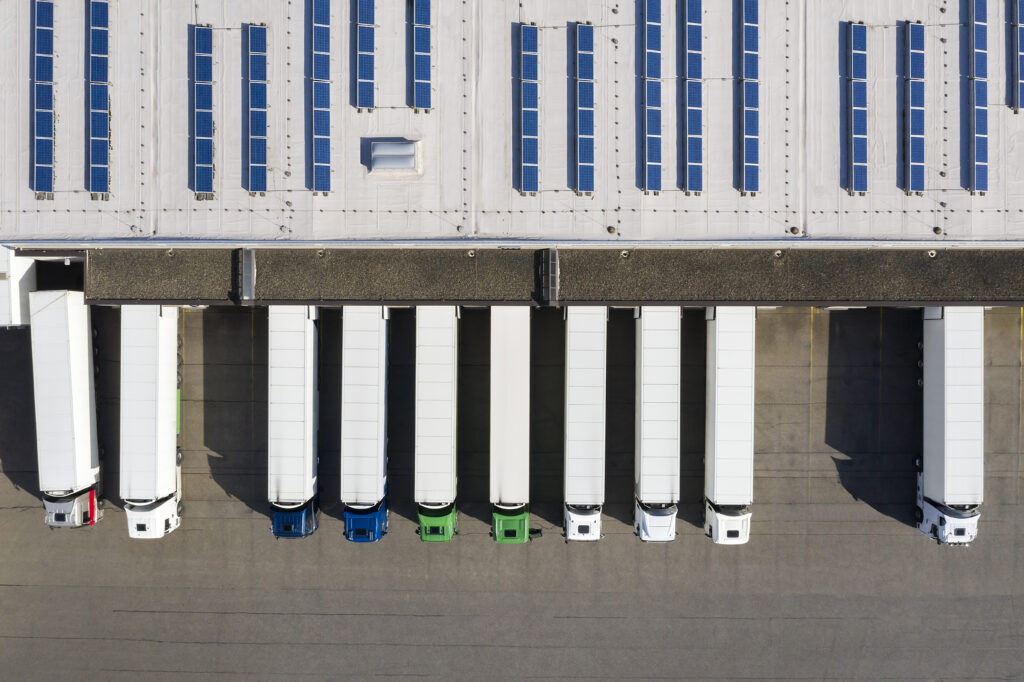
As the European leader in temperature-controlled food logistics, STEF pursues optimization of its transportation plans. Before DCbrain, each branch devised its own transportation plan, which made it difficult to identify the global optimum.
To continue to grow at constant resource levels, STEF needed to reduce its transportation costs. The leverage identified: Optimization of delivery vehicle loading and distances travelled.
The updating of transportation plans at STEF was done annually, manually and locally. There was a huge number of possible combinations, of the order of 10 to the power of 12. Significant requirements needed to be met, including reduction of the carbon footprint, contractual obligations with clients, limited resources and improvement of the load factor.
It was humanly impossible for us to find the required leverage for optimization, given the environmental challenges.

The group needs to absorb significant growth and activity spikes at constant resource levels, while following its strategic plan ‘Moving Green’ (30% reduction of its CO2 emissions by 2030).
The tool is used by the design team at national level to identify and suggest avenues for optimization to local managers.
Given the complexity involved, manual updating of the transportation plans was done annually and left little room for maneuver. There were few synergies in the construction of these plans between the branches and regions.
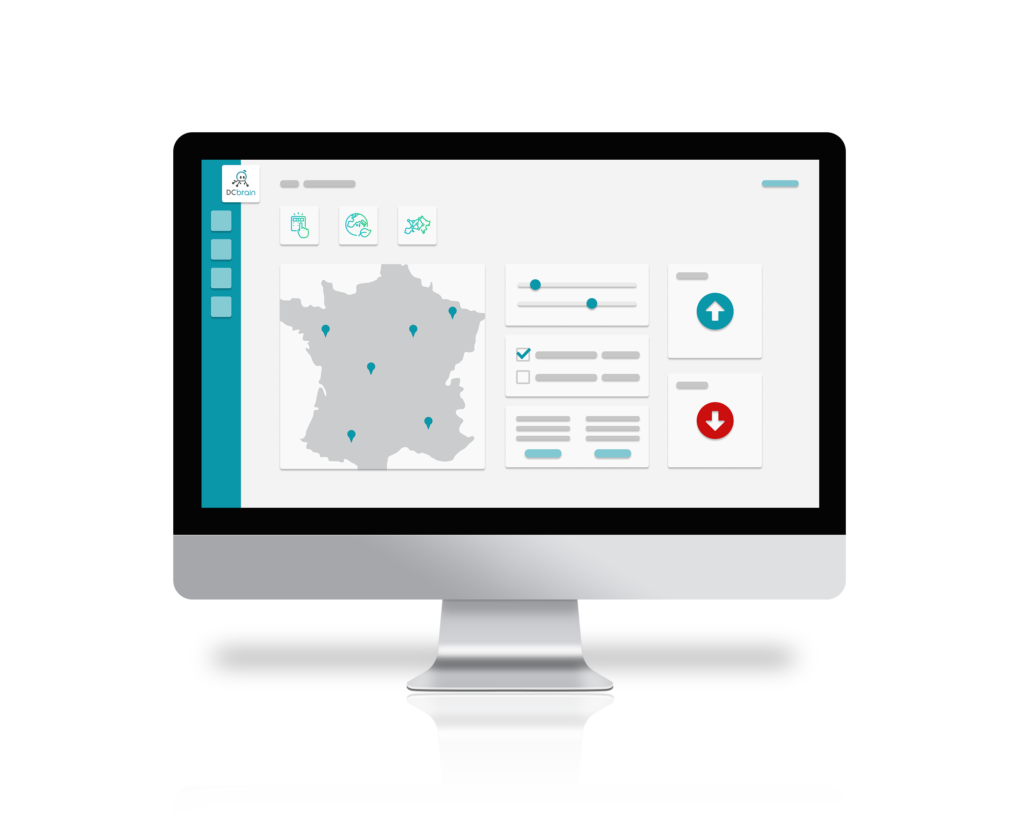

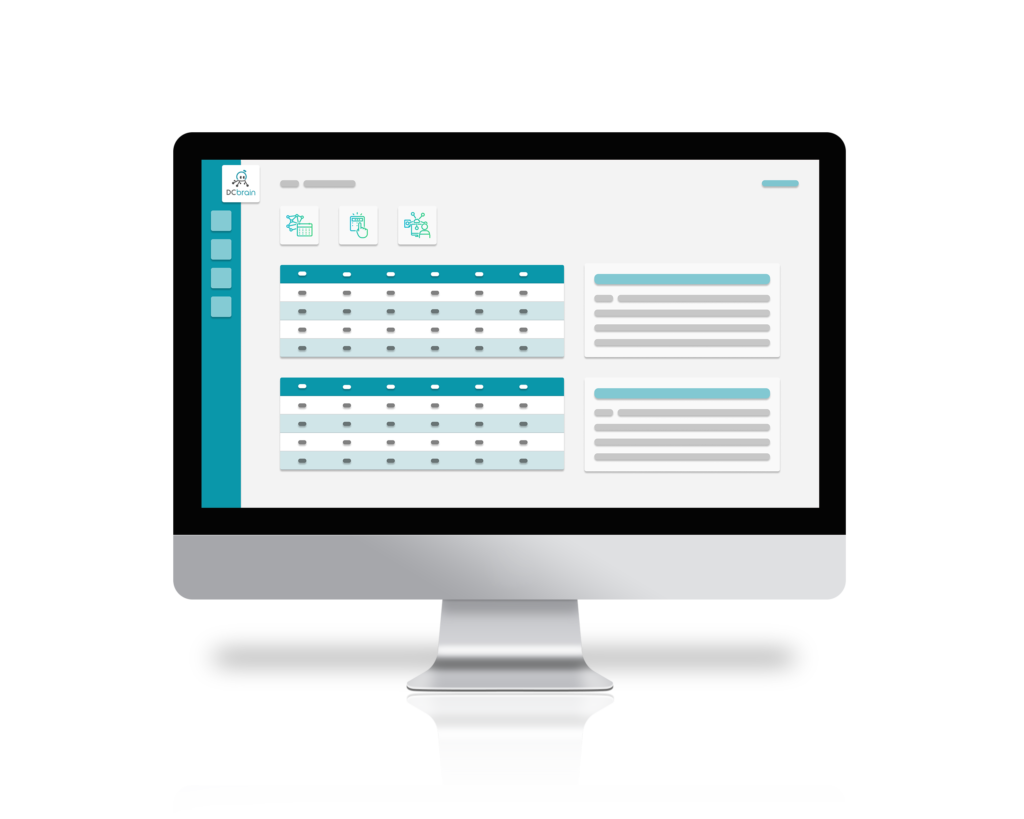



The number-one thing we expect, which we found at DCbrain, is the ability to have a super-fast decision-making process.

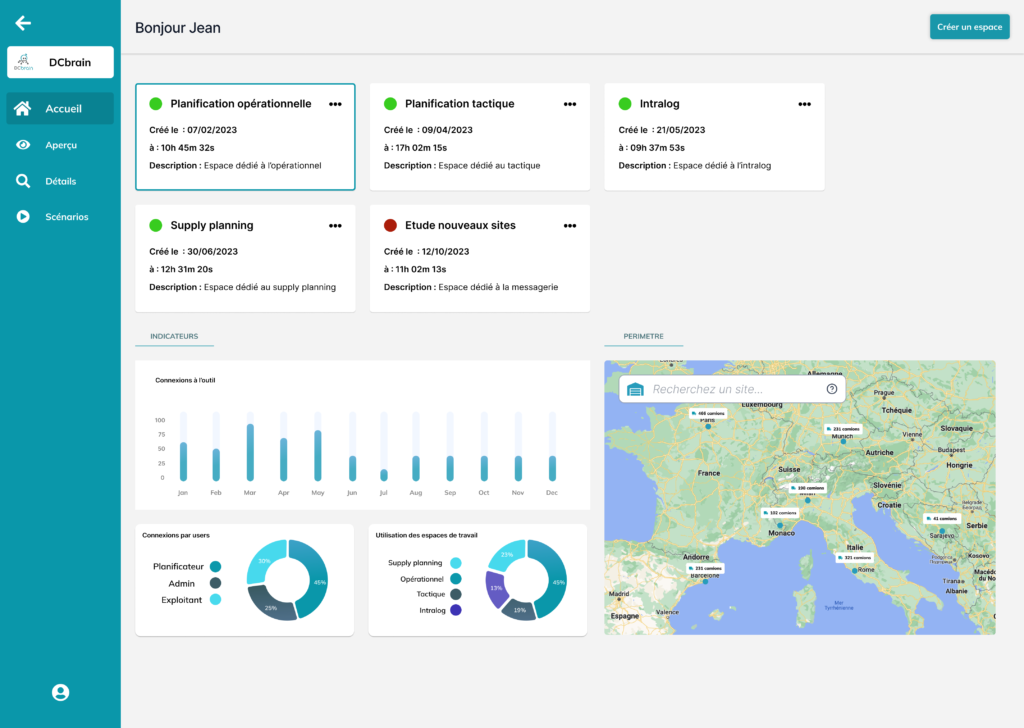

We are convinced that AI can facilitate logistics planning and will prove it to you via a demo.